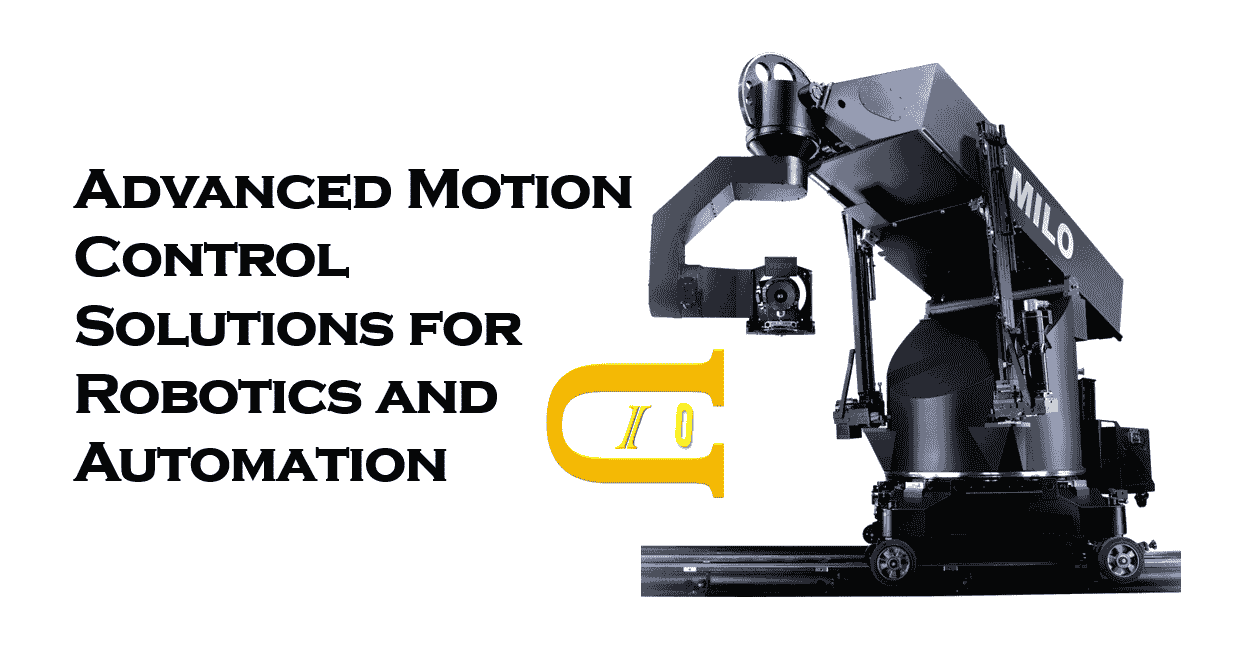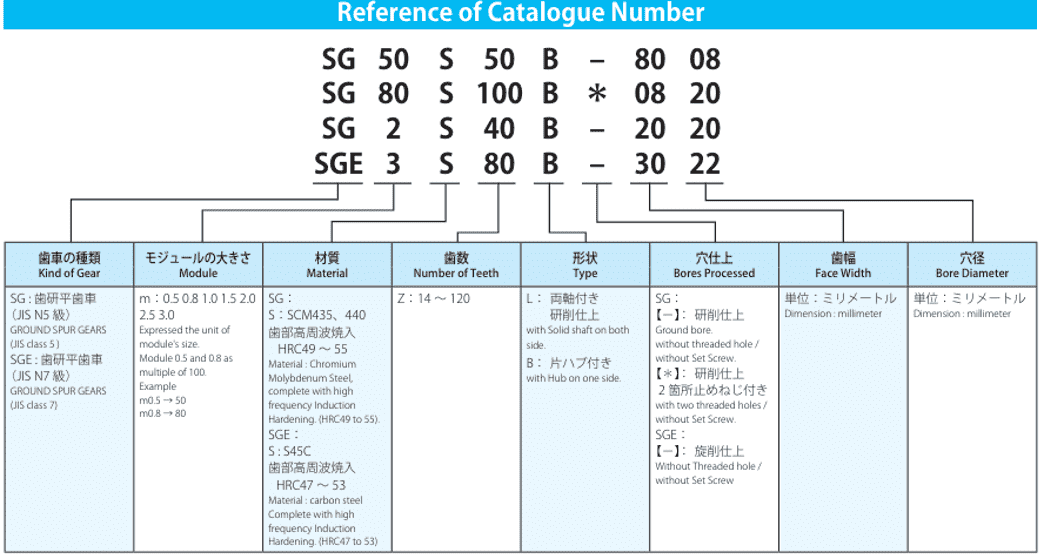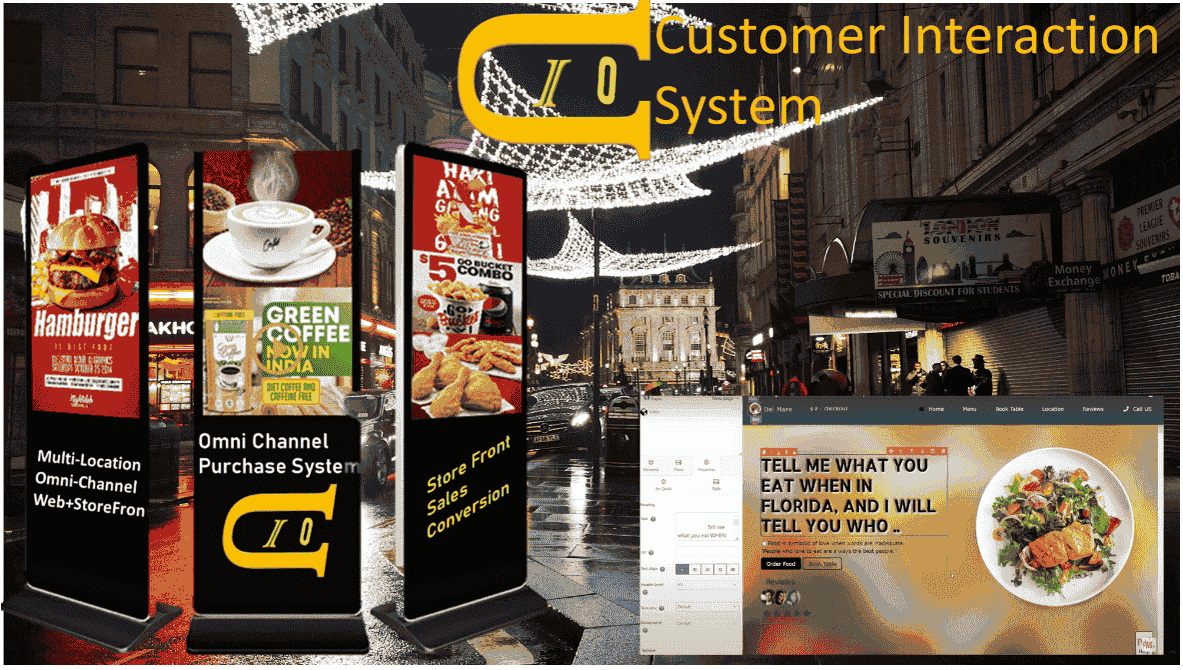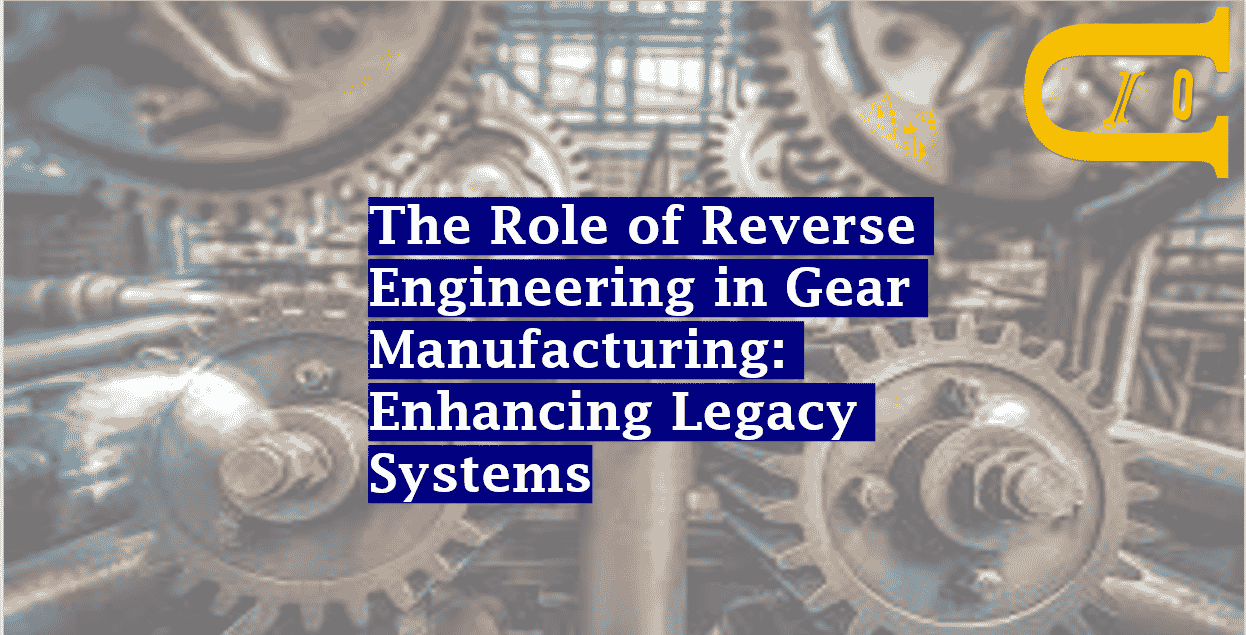Advanced Motion Control Solutions for Robotics and Automation

Advanced Motion Control Solutions for Robotics and Automation
In today’s fast-paced technological landscape, robotics and automation are two key pillars driving the future of manufacturing, healthcare, logistics, and many other industries. At the core of these transformative technologies is a critical component: motion control. Advanced motion control solutions are revolutionizing how robots and automated systems move, perform tasks, and interact with their environments. As industries continue to adopt more advanced robots and automated machinery, the demand for precise, efficient, and reliable motion control robotics systems grows. This article will explore the latest advancements in motion control for robotics and automation, and how these innovations are shaping the future of industries worldwide.
Table of Contents
- Introduction
- What is Motion Control in Robotics and Automation?
- Key Components of Robotics Motion Control
- The Role of Automation Motion Control in Industry
- Advanced Motion Control Solutions
- Conclusion
What is Motion Control in Robotics and Automation?
Motion control refers to the technology and systems used to control the position, velocity, and acceleration of robotic systems and automated machinery. This process involves precise control over motors, actuators, and other mechanisms that enable machines to perform complex movements. In robotics, motion control is essential for tasks such as movement along specific paths, precise placement of objects, or interaction with external forces. Similarly, in automation, motion control ensures that machines operate smoothly, efficiently, and with minimal error, enabling higher productivity and reduced downtime.
Key Components of Robotics Motion Control
To understand how motion control robotics works, it’s important to explore the key components involved. These systems typically consist of the following elements:
-
Motors: Motors, such as servo motors and stepper motors, are the primary drivers of motion in robotic systems. These motors convert electrical energy into mechanical movement and are controlled by sophisticated algorithms to ensure precise positioning and movement.
-
Controllers: The brain of a motion control system, controllers receive input from sensors, process this data, and adjust the motor output accordingly. These controllers are programmed to manage speed, acceleration, and deceleration to achieve optimal performance in a robotic or automated system.
-
Sensors: Sensors play a vital role in providing feedback to the controller. They can measure position, speed, torque, and other variables, ensuring that the system maintains the desired performance criteria. Common sensors used in robotics motion control include encoders, accelerometers, and force sensors.
-
Actuators: These devices convert electrical signals into mechanical motion, allowing robots and automation systems to perform physical tasks. Actuators may be linear or rotary, depending on the required motion.
The Role of Automation Motion Control in Industry
As industries increasingly move towards automation, automation motion control has become essential for ensuring efficiency, precision, and reliability. In manufacturing, for example, advanced motion control solutions enable automated assembly lines to run with minimal human intervention. These systems can move and position parts with extreme accuracy, leading to higher production rates, better quality control, and reduced waste.
In industries such as packaging, material handling, and logistics, automation motion control ensures that tasks such as sorting, picking, and packaging are completed faster and with greater consistency. For example, automated guided vehicles (AGVs) rely on advanced motion control systems to navigate warehouses, transporting goods without human oversight.
Moreover, motion control robotics is transforming the healthcare industry by enabling robots to perform delicate surgeries with precision. Medical robots, such as those used in minimally invasive surgery, require motion control systems that can adjust in real time to the surgeon's input while maintaining stability and accuracy.
Advanced Motion Control Solutions
The continuous evolution of motion control technology is making automation systems more flexible, responsive, and efficient. Some of the most significant advancements in motion control for robotics and automation include:
1. AI and Machine Learning Integration
With the integration of artificial intelligence (AI) and machine learning (ML), motion control systems are becoming smarter. AI algorithms can predict potential issues, optimize movements, and adapt to changing conditions in real time. For example, AI-driven motion control robotics systems can learn from past actions, making them more efficient over time, reducing the need for human intervention and lowering the risk of errors.
2. Advanced Controllers and Algorithms
The development of more powerful and precise controllers has led to improvements in automation motion control. These controllers are capable of managing multiple axes of movement simultaneously, improving the complexity of tasks robots can perform. By utilizing sophisticated algorithms, these controllers allow for smoother and more accurate movements, even in dynamic and unpredictable environments.
3. Improved Communication Protocols
One of the challenges in motion control systems is ensuring seamless communication between components. Modern motion control robotics systems are now supported by faster and more reliable communication protocols, such as EtherCAT (Ethernet for Control Automation Technology) and PROFINET. These protocols allow for quicker data exchange between controllers, motors, and sensors, improving system performance and reducing latency.
4. Collaborative Robotics
Collaborative robots (cobots) are designed to work alongside humans in a shared workspace. These robots require advanced motion control to ensure safety and accuracy while interacting with human operators. Cobots use sophisticated sensors and motion control algorithms to adjust their movements in response to human proximity or input, enhancing safety and efficiency in a collaborative environment.
5. High-Speed and High-Precision Motion Control
In industries such as semiconductor manufacturing or aerospace, extremely high levels of speed and precision are required. Advanced motion control systems now allow for ultra-fast and highly accurate movements, ensuring that tasks are completed in fractions of a second with minimal deviation from the intended path.
6. Energy Efficiency
As sustainability becomes more important across industries, energy efficiency has emerged as a key focus in motion control solutions. Advanced algorithms and components, such as energy-efficient motors and regenerative drives, are helping reduce energy consumption in robotic and automated systems. This not only cuts operational costs but also aligns with green initiatives in many industries.
Conclusion
As robotics and automation continue to shape the future of various industries, the importance of advanced motion control solutions cannot be overstated. These systems allow for precise, efficient, and reliable operations, driving productivity and innovation. Whether it's in manufacturing, healthcare, logistics, or any other field, motion control robotics plays a crucial role in optimizing automated processes and enabling robots to perform complex tasks with accuracy. As technology advances, we can expect motion control to become even more integrated with AI, machine learning, and other cutting-edge innovations, further enhancing the capabilities of automation and robotics.
Related Products
Here are some relevant statistics and facts that can be included in the article about Advanced Motion Control Solutions for Robotics and Automation:
1. Global Robotics Market Growth
- The global robotics market is expected to grow from $62.75 billion in 2020 to $149.34 billion by 2027, representing a compound annual growth rate (CAGR) of 13.5% from 2020 to 2027. This growth is largely driven by advances in motion control robotics and automation technologies.
Source: Fortune Business Insights
2. Increase in Industrial Automation
- According to the International Federation of Robotics (IFR), over 2.7 million industrial robots were operating in factories around the world by 2020, a figure expected to increase as automation continues to rise, especially in industries such as automotive, electronics, and food production.
Source: International Federation of Robotics
3. AI and Robotics Integration
- A report by McKinsey & Company highlighted that the use of AI-powered motion control systems in manufacturing and robotics can increase productivity by up to 20-30%, as AI algorithms help optimize workflows, reduce errors, and improve efficiency.
Source: McKinsey & Company
4. Collaborative Robotics Growth
- The global market for collaborative robots (cobots) is expected to grow from $1.2 billion in 2020 to $12.3 billion by 2027, at a CAGR of 41.4%. Cobots require advanced motion control to safely and efficiently work alongside human operators.
Source: MarketsandMarkets
5. Impact of Automation in Healthcare
- In healthcare, robot-assisted surgeries are projected to reach $12.6 billion by 2027, with the need for precise motion control robotics driving the demand for more advanced systems in surgical applications.
Source: Grand View Research
6. Precision in Robotics Motion Control
- In precision motion control, nanometer-level accuracy is becoming achievable, allowing robotic systems to perform intricate tasks such as semiconductor manufacturing, where even the smallest deviation can lead to significant defects.
Source: Robotics Business Review
7. Energy Efficiency in Automation
- Energy-efficient motion control technologies, such as regenerative drives and energy-saving motors, are reducing the energy consumption of automated systems by 30-40%, contributing to both cost savings and environmental sustainability.
Source: Siemens
8. Rising Demand for Motion Control Systems in Logistics
- The logistics and supply chain automation market is expected to grow from $48.5 billion in 2020 to $116.1 billion by 2027, driven in part by the growing use of motion control robotics in automated guided vehicles (AGVs) for material handling and goods transportation.
Source: MarketsandMarkets






